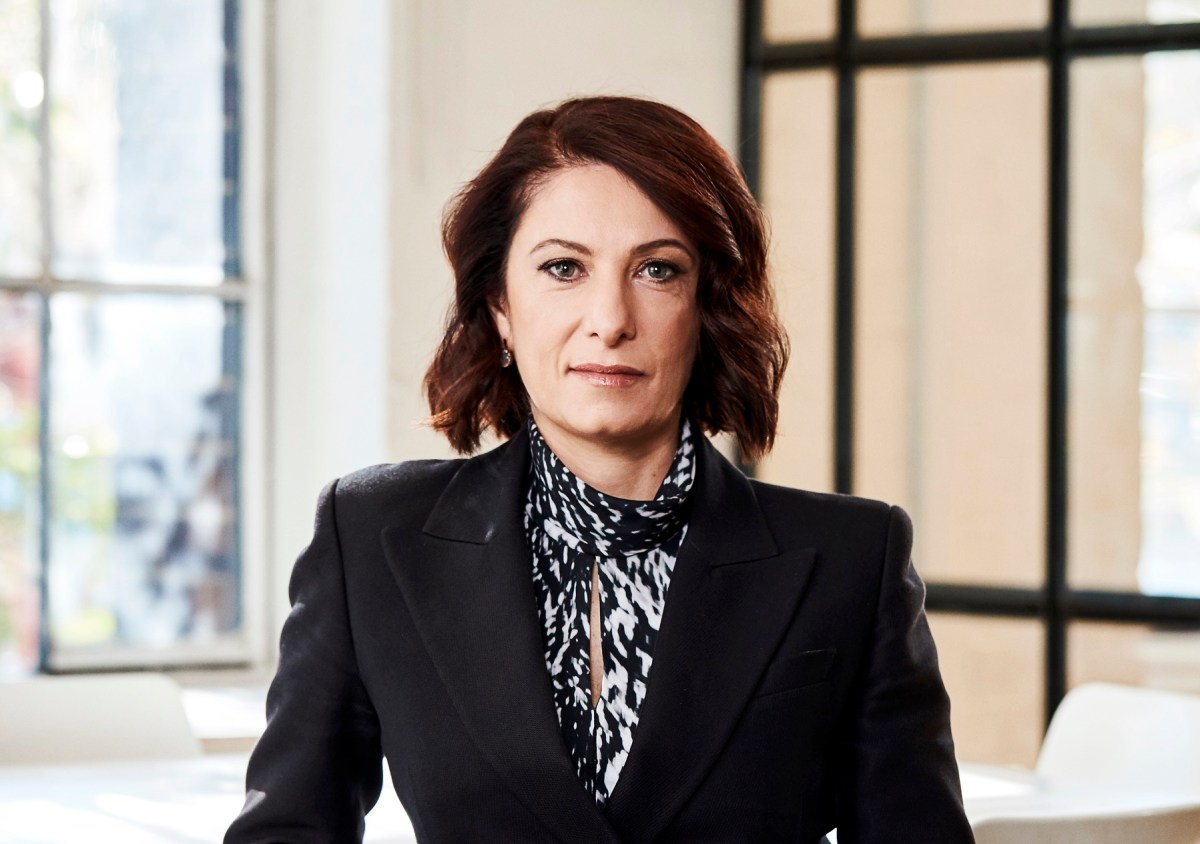Retailers are pushing hard to get a slice of Australia’s burgeoning Facebook Marketplace and Gumtree market as the economy continues to tighten and consumers look to second-hand goods to save money.
The economy is tipped to get tougher over the next 12 to 24 months which means that an increasing number of consumers will turn to second-hand markets to source products.
The second-hand market has traditionally been seen as a way for people who are doing it tough to save money, and second-hand goods that were not on trend had a stigma of not being desirable, hence their cheap price. Well, that mindset has been flipped on its head.
Second-hand items are now incredibly popular as we broaden what is on trend in popular culture and are more encouraging of people to express their individuality. Second-hand items can offer exclusivity and an expressionism that is distinct from what is in stores, which helps set people apart when they are looking to differentiate themselves in environments such as social media.
As a result, these markets are tipped to grow exponentially over the coming years. Clearly, retailers want a slice of the second-hand market, especially retailers selling high-value items. Launching a second-hand market as part of a retailer’s offering is a clever way of capturing a slice of the second-hand market while also expanding the retailer’s relevance and customer reach and extending its customer loyalty program beyond traditional boundaries.
The introduction of retailer-led second-life goods programs is fast becoming the next frontier for retail. Not only will it deliver significant gains for retailers it will also deliver significant benefits for consumers. Consumers will be able to sell back unwanted items and purchase new second-life items at a significant discount compared to the price of brand-new items.
Already, many retailers have introduced second-hand markets and consumers can expect to see many more retailers introducing their own version of a second-hand market in the near future. Decathlon, the world’s leading designer, manufacturer and retailer of sporting goods introduced its Second Life program in Australia this year. The program enables customers to purchase certified refurbished items at a discount of up to 50 percent.
It also supports the recycling of Decathlon sporting equipment with environmental initiatives and provides customers with the ability to sell items no longer needed and have them prepared for a new life of use and adventure.
IKEA has already introduced a second-hand market – Shop As Is. With IKEA’s Buy-back, customers can sell IKEA their pre-loved IKEA furniture and IKEA will give it a second, third or fourth life.
Luxury brands in particular are aware of the impact of cost-of-living pressures on their customers and sales which is a key reason why many are embracing second-hand sales. Across the world, brands are moving beyond sustainability to take control of the preloved market in order to stay relevant and connected with their customers.
Gucci, Alexander McQueen, Chloé, Lululemon are just some of the luxury brands that have embraced the second life concept in one form or another enabling customers to access preloved items in a safe and controlled manner.
This is also helping premium brands to reduce the incidence of counterfeiting which is rife across the broader second-hand market space. In addition to the cost benefits for consumers and the ability for brands to retain connection with their customers, retailer-led second-hand markets provide consumers with a safe place to trade second-hand items which helps to maintain brand trust.
We are already seeing competition in resale platforms increase. The challenge for brands is to stay relevant to their existing audiences while developing tactics to increase their reach to new audiences while at the same time maintaining their brand reputation and market positioning.
Retail brands need to now think about the benefits of designing iconic and higher quality items that can be loved by consumers and continue to be sold or used by one generation to the next. A consumer may not be able to afford the initial price, but they could afford the second-hand price.
There is nothing stronger than the emotional reward of desperately wanting something and being able to finally own it, regardless of whether it is new. In a modern world, there is now a second emotional reward knowing that something you purchased but no longer suits, can go on to be used and loved by someone else and not end up in landfill.
The Boston Consulting Group reports that the second-hand market is already worth between three and five percent of the overall apparel, footwear, and accessories sector and could grow to as much as 40 per cent depending on macroeconomic conditions.
We will see more retailers introduce second-hand markets in Australia over the coming years and the impact will be beneficial to the entire market, as well as the planet.
Lyndall Spooner is founder and CEO of Australian strategic research and consulting agency, Fifth Dimension.

